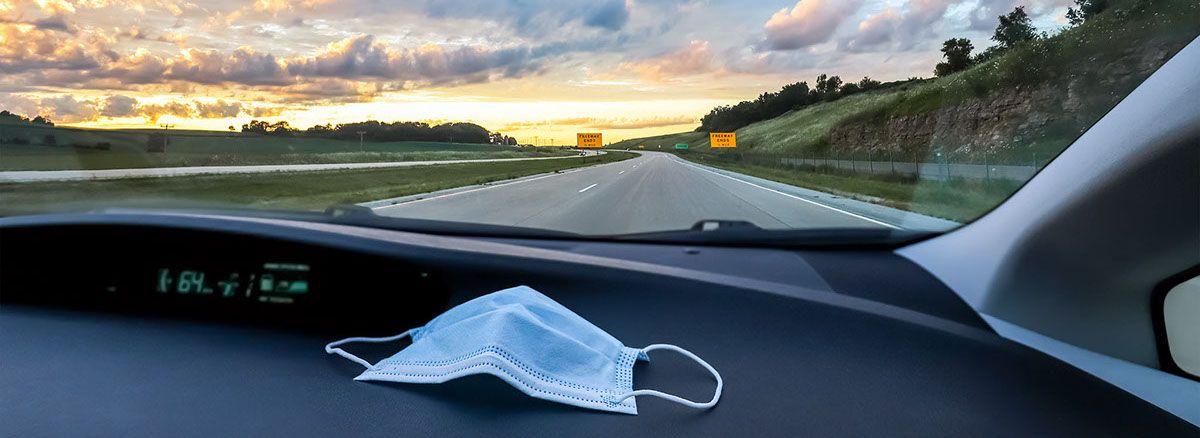Parallel Parking
by DrivegateJuly 22, 2024
Your gude to parallel parking

Parallel parking is a task that most drivers dread when there's no other choice. It's a challenge for many reasons, but it can become simple once you learn the process thoroughly.
Whether you’re struggling with spatial awareness or have never taken driving lessons before, this step-by-step guide is here to assist you!
Learning and teaching driving skills can be both exciting and nerve-wracking for everyone involved, especially for those teaching someone to drive. This parallel parking guide aims to make the learning and teaching process easier for both parties.
Before Attempting to Parallel Park
Before you get into your car and start practicing, take the time to check all the key aspects of parallel parking.
Stay Calm and Relaxed
Learning anything new takes time and practice. Keeping a clear head and not overthinking will greatly improve your learning experience.
Teaching Someone How to Parallel Park
As a teacher, it’s important to understand that you are there to help someone learn. Patience is key, as mistakes are inevitable. Ensure the learner remains calm and encourage them by reminding them that success comes with practice.
Learning How to Parallel Park
As a learner, don't pressure yourself to get it right immediately. It's normal to feel anxious, but remember that making mistakes is part of the learning process. Listen to your instructor and do your best to follow their guidance.
Understand the Size of Your Car
Many drivers fear parallel parking because they're worried about hitting the car behind, the car in front, or the curb. You can help yourself by assessing the space your car occupies while it's parked. Understanding how much of the chassis extends beyond the wheels will boost your confidence.
Find a Good Place to Practice
A low-stress environment is ideal for learning new skills, including parallel parking. Choose a spacious, safe spot to practice without disrupting others. An empty car park with marked spaces is perfect, allowing you to practice with plastic cones and make mistakes safely.
The Basics of Parallel Parking
Once you're ready, start practicing parallel parking by following these steps:
- Move up and stop next to the car in the space in front of your target parking spot, aligning your mirrors. Ensure you’re not too close to maneuver correctly.
- While stopped, turn your steering wheel fully towards the parking spot.
- Begin to reverse slowly, keeping the steering wheel fully turned and checking for pedestrians in your mirrors.
- When your front tire is parallel to the back tire of the car in front, stop and turn the steering wheel in the opposite direction to full lock.
- Start reversing slowly again, continuously checking for pedestrians.
- When you’re straightened up in the space, return the steering wheel to its starting position and make small adjustments until correctly parked.
If you follow these steps, you should be able to parallel park successfully!
Things to Watch Out For When Parallel Parking
Even if you follow the steps correctly, keep an eye on these additional factors:
- Positions of neighboring cars: If one or both neighboring cars are poorly parked, consider whether your car can fit.
- Visibility: Clear visibility is crucial, especially in poor weather or low light conditions, to ensure successful parking.
Whether you’re learning or teaching someone to reverse parallel park, having a professional instructor can be invaluable.
Want to hear the latest on Drivegate?
Sign up for our newsletter to stay updated on all you need to know about being a new driver on the road.



